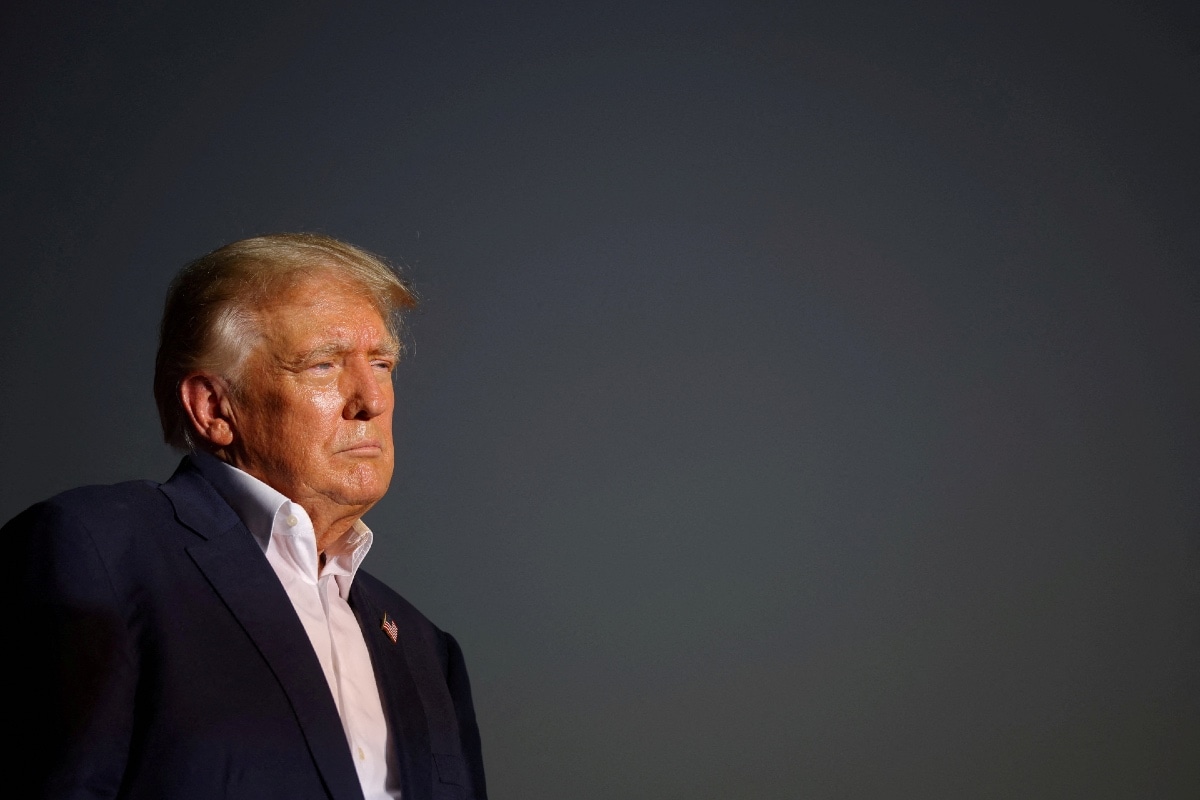
The BRICS nations are planning to launch a digital assets platform for internal cross-border settlements, a move that seems to have angered the US President-elect Donald Trump. Over the weekend, Trump warned BRICS countries, including India, to prepare for a 100 percent increase in tariff rates if they continue efforts to reduce the US dollar’s role in the global economy. The BRICS group, originally consisting of Brazil, Russia, India, China, and South Africa, now also includes Iran, Egypt, Ethiopia, and the UAE.
President Trump stated that if the BRICS nations go forward with their plans to reduce reliance on the US dollar, they will lose opportunities to sell any of their offerings to the US. In a tweet posted on December 1, Trump said, “The idea that the BRICS Countries are trying to move away from the Dollar while we stand by, and watch is OVER. We require a commitment from these Countries that they will neither create a new BRICS Currency, nor back any other Currency to replace the mighty U.S. Dollar or, they will face 100 percent tariffs and should expect to say goodbye to selling into the wonderful US Economy.”
The idea that the BRICS Countries are trying to move away from the Dollar while we stand by and watch is OVER. We require a commitment from these Countries that they will neither create a new BRICS Currency, nor back any other Currency to replace the mighty U.S. Dollar or, they…
— Donald J. Trump (@realDonaldTrump) November 30, 2024
It is noteworthy that this warning from the US President comes just days after Russia’s Upper House of Parliament approved a bill outlining the taxation framework for crypto assets – marking a step towards legalising cryptocurrencies in the country. In order to sustain a well-oiled crypto ecosystem within its territories, Russia also plans to exempt crypto miners from paying value-added tax (VAT) on mined cryptocurrencies. Russian President Vladimir Putin is yet to sign this bill into a law.
That being said, Putin alongside Indian Prime Minister Narendra Modi, and China’s Xi Jinping have not reacted to President Trump’s warning as of now.
Details on BRICS’ Plan with Digital Currencies
After COVID, the US Federal Reserve implemented consecutive interest rate hikes to stabilise its struggling economy, which negatively impacted smaller economies dependent on the US dollar.
For countries like China and Russia, the push to reduce reliance on the US dollar grew stronger after the US imposed multiple sanctions on their nationals. In China’s case, concerns over national security related to tech were a major factor, while Russia’s ongoing war with Ukraine led to sanctions not only from the US but also from other nations.
Since March 2024, the BRICS started to plan a digital payment network, backed by digital currencies. Tentatively called BRICS Pay, the platform is expected to facilitate cross-border settlements for the above-mentioned nations through digital assets like crypto and CBDCs.
The BRICS nations are also planning to launch this internal payment system alongside a secure messaging platform much like the SWIFT system – that is used by international banks presently to facilitate internal communications. The release timeline for this platform remains uncertain.



